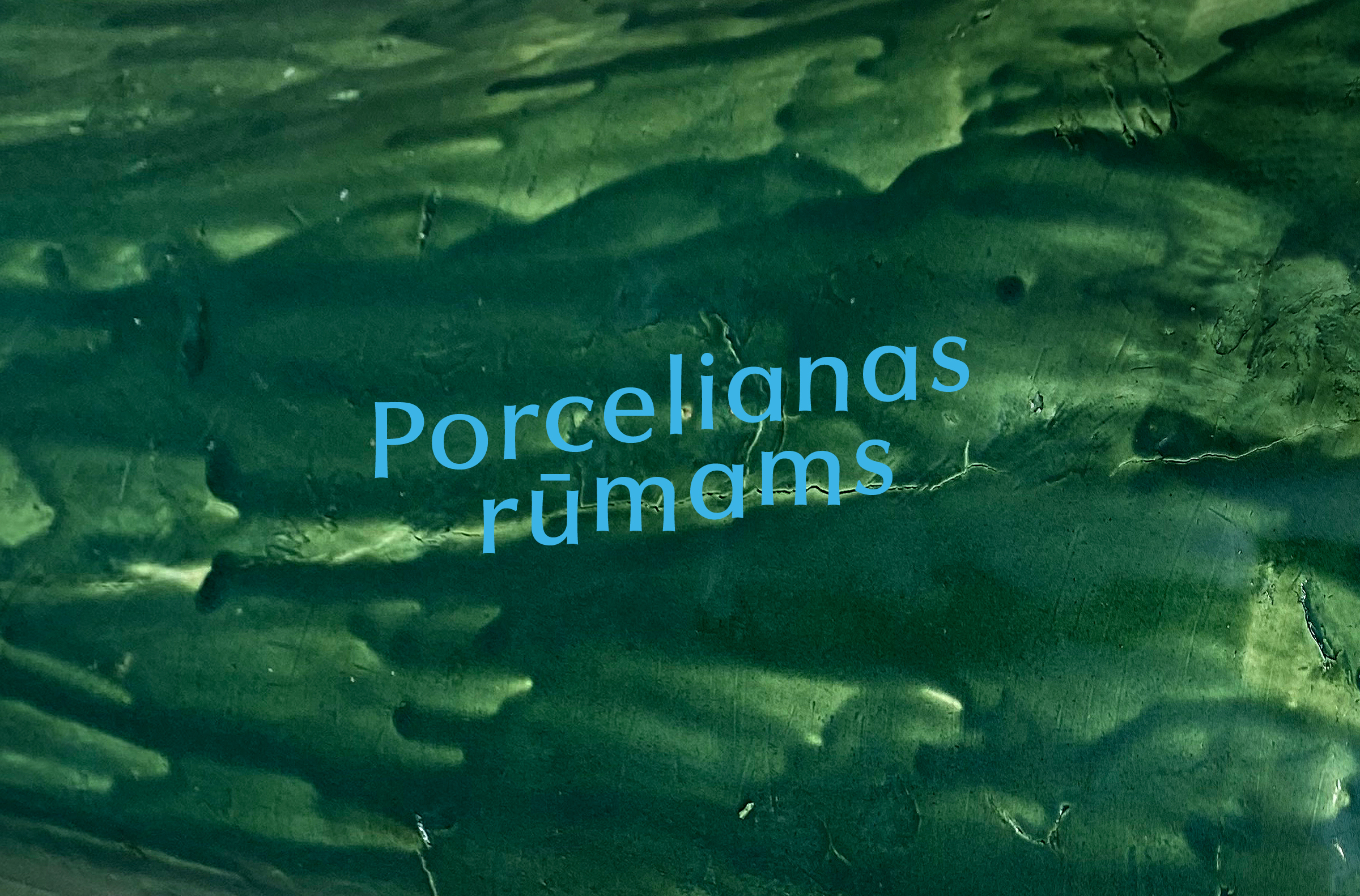About ‘PORCELAIN FOR THE PALACE’
The Sapieha Palace opens its doors with a solo exhibition by Mindaugas Navakas, one of the most prominent Lithuanian sculptors working today. The exhibition bridges the vectors of Baroque and contemporary Western and Chinese cultures. The hard-paste porcelain used by Navakas in his work, which once adorned the palace halls of noblemen and empresses in the form of vases, China sets and interior details, is now more commonly found in Western lavatories and bathrooms. Porcelain toilets, urinals, and washbasins have become fixtures and symbols of personal and collective hygiene. Despite its hardness, durability and resilience, porcelain is generally associated with delicate luxury and China’s distinguished past, as well as Europe’s. The sculptor’s large-scale works refer not only to the shifting range of meanings and associations of the material, but also the changes in the global vertical axis of power and values, where a material that once embodied nobility and prestige has become the basis of sanitary hardware.
The porcelain used in Navakas’ work is sourced from Slovyansk, Ukraine. Compared to French and Australian porcelain, also available in Lithuania, Ukrainian porcelain is the most affordable. When beginning a porcelain sculpture, the artist selects a piece of plastic debris, folds it, creates a plaster cast, and starts shaping the object. The bumps, ridges and wrinkles on the surface of the sculptures are not the result of the artist’s handiwork, but rather an imitation of it. Navakas employs a bluff and, unlike the old masters who would carefully perfect every detail of a piece, he makes his works with bare hands, as is typical of his austere practice, and uses a rather brutal industrial process, resulting in a rough finish. The cheap construction materials, including Ukrainian porcelain, as well as the textiles and plastics used in pedestals, allude to the mechanised production of contemporary high culture using the cheapest means possible. Conversely, the marble pedestals featured in the exhibition are a reminder of the foundations of great European culture, much like those upon which the Baroque Sapieha Palace was built.
The porcelain returning to the Sapieha Palace after several centuries is not the same as the porcelain its former owners would remember, nor is the new culture that it represents. In Navakas’ pieces, one can observe a fish, the symbol of the Christian world, Egyptian sarcophagi, alien cocoons, and vases reminiscent of Baroque desserts. In Navakas’ work, monumentality goes hand-in-hand with humour. This is perhaps why Porcelain for the Palace can be seen as an ironic gift, a commentary on the grand but illusory past. As Navakas himself remarks, ‘Sculpture, as an artistic medium, demands the least imagination to comprehend it. It is more here-and-now than drawing, painting or poetry.’ What viewers see here and now is the imagination of an innovative Lithuanian artist, who once again astounds with his unique ability to weave a conversation between form, material and culture.

